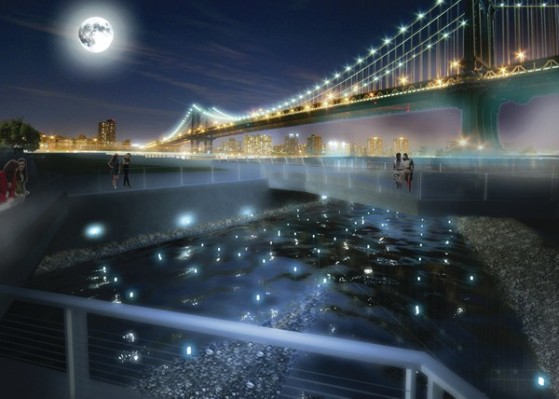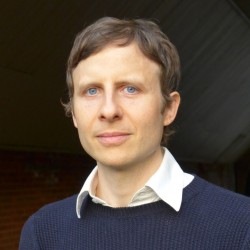High tech meets sustainability in projects like having mussels “vocalize” changes in water quality.
The latest Autodesk acquisition is one of those interesting tangential acquisitions that points to new directions. Many of the blogs haven’t even picked it up because it’s just such a what-the-hell kind of move. Autodesk has shown a lot of enthusiasm for acquisitions that feed its R&D engine. This time the company has acquired a New York design studio called The Living. Founded in 2006 by David Benjamin, the company explores new design methods and materials born of living organisms and natural structures. Autodesk and The Living plan to build an Autodesk Studio to enable projects incorporating new materials and topologies through CAD. The idea is to use the power of the cloud along with the power of Autodesk’s money to experiment and deploy new design methodologies.

Current projects at The Living bring together several capabilities falling within Autodesk’s interests including 3D printing and robotics. Autodesk and The Living worked together on Project Cyborg, which explores the use of additive layer manufacturing combined with algorithms to create a new manufacturing process. The workflow from the software derived from Project Cyborg can lead directly to full-scale manufactured objects through carefully planned algorithms and additive layer manufacturing.

The Living is experimenting with printing bacterial forms and structures, connecting everything through whatever means necessary to access environmental information. For instance, for the Venice Biennele Benjamin wired up mussels to create the Mussel Choir. The mussels acted as bio-sensors; the changes in water quality they notice are converted into vocalizations using a combination of artificial intelligence and natural intelligence. There is a proposal for the mussels to go back to work in an installation in New York’s East River.
Benjamin says he’s excited to go to work for Autodesk because he sees them as being one of the most adventurous companies in the field of architecture. “We are very excited about this new model for an architecture studio,” he says. “We will keep our name, our projects, and our approach—and we will take it to a new level.”
As the Autodesk deal was being announced The Living was also showing off their Hy-Fi installation at the Museum of Modern Art’s PS1 in Long Island City, NY. Benjamin’s design won the Young Architect competition. There is a video available that won’t tell you much about the project but will give you an idea of what Benjamin and company are up to. The PS 1 installation is described in detail on the PS 1 site

Hy-Fi buildings are made from a combination of reflective bricks and organic bricks made of biological materials including corn stalks, and a custom form of mycelium (mushroom). The organic materials were developed by materials company Evocative. The material for the reflective bricks was developed by 3M. The buildings are self-cooling, they require no energy.
The bricks are self-assembling. A mash of the corn stalks and mushroom is poured into growing trays and it self-organizes and solidifies into bricks. Being organic, the bricks will be composted when the installation comes down. The reflective bricks at the top of the structure go back to 3D for further experimentation so there is no waste associated with the project. The reflective bricks are also initially used as the growing trays for the organic bricks.
When built the organic bricks at the bottom create a breathable enclosure that draws in cool air and pushes out hot air at the top. The reflective bricks at the top bounce light down on the towers and the ground. According to the PS 1 write up the reflective bricks create light effects on the interior walls through reflected caustic patterns.





